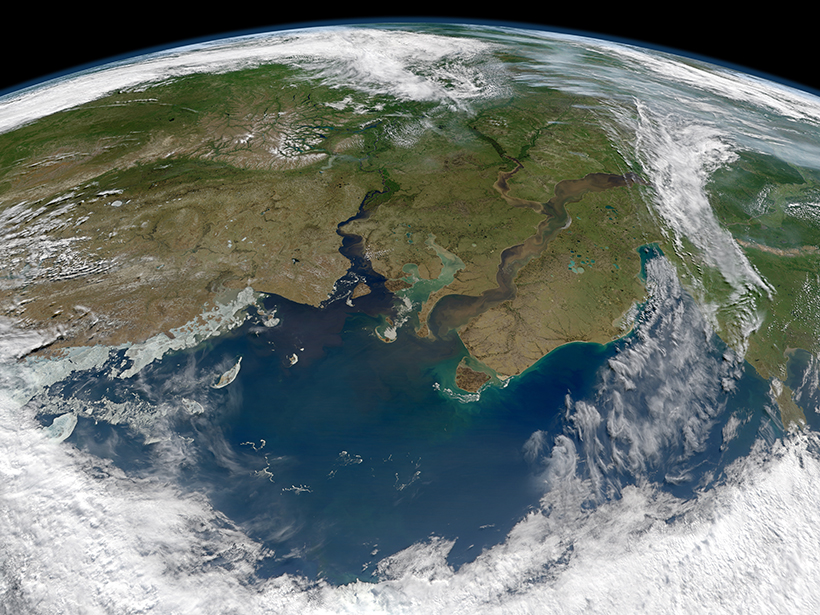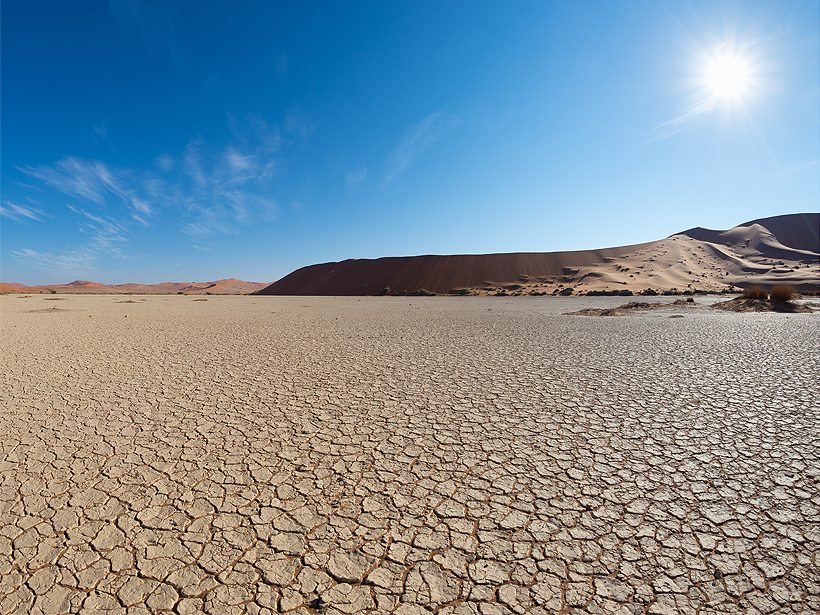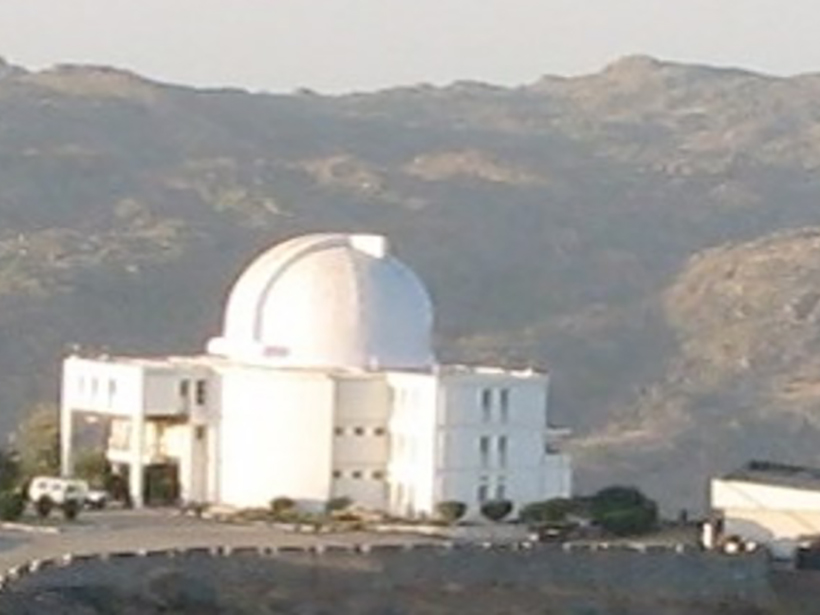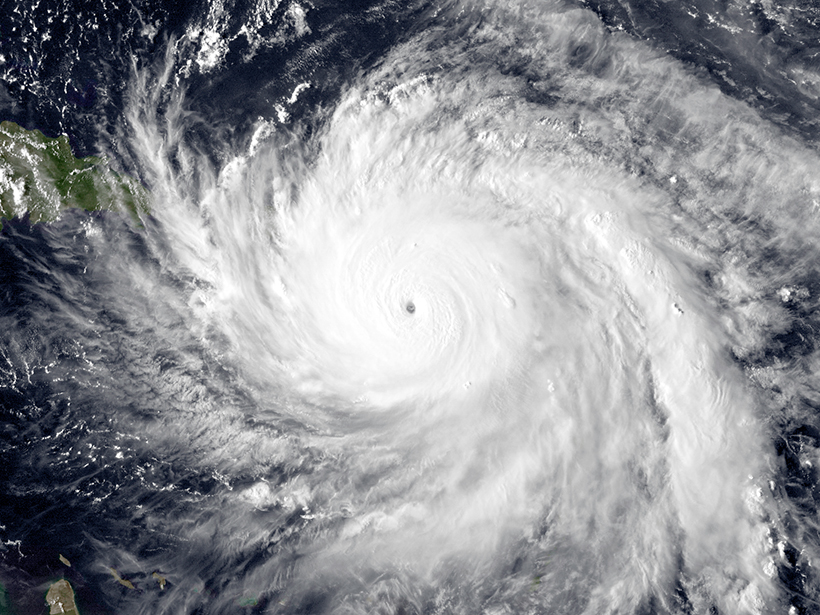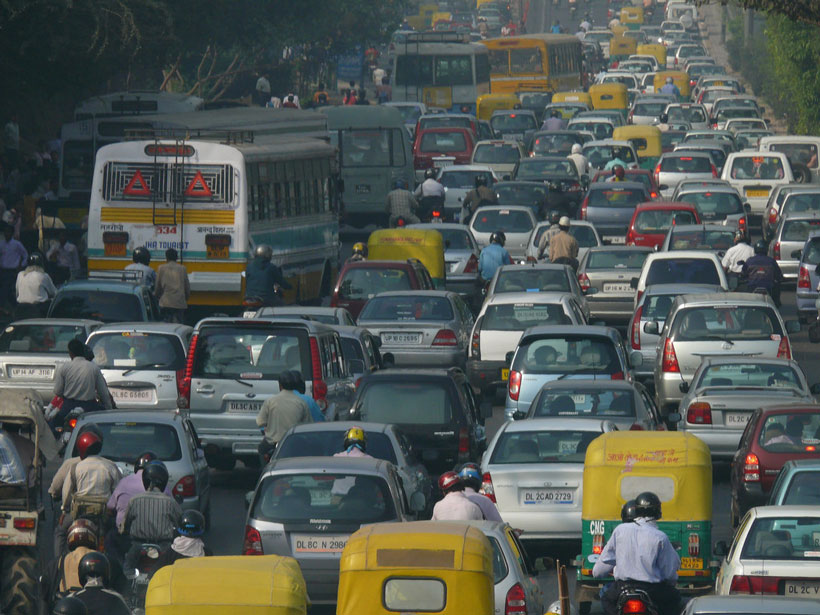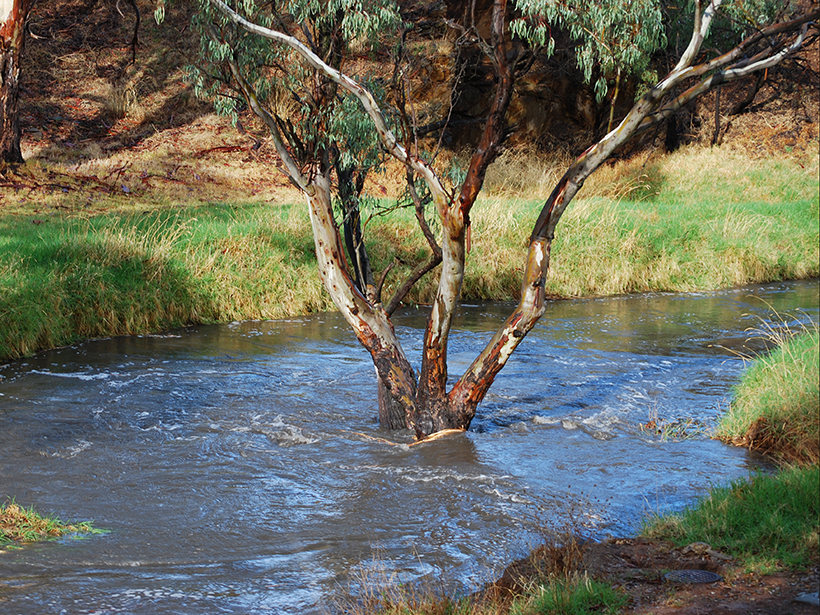Materials that trap solar heat at the sea surface could cause more extreme temperatures.
E. Underwood
How Mars Lost Steam
Solar winds are not the main culprit in stripping the planet’s atmosphere, a new study suggests.
What Climate Models Get Wrong About Future Water Availability
Models that accurately represent past and present rainfall provide more accurate projections of water availability, a new study suggests.
What Drives Temperature Inversions in the Mesosphere?
A study of nightglow over India reveals that gravity waves are less important than previously thought.
A Better Understanding of Tropical Cyclones
A new model of how anvil clouds form could improve short-term hurricane forecasts.
Ozone Pollution Deaths in India Higher Than Previously Thought
Reducing emissions could avert more than 300,000 deaths per year by 2050.
The Urban Dry Island Effect
A study of the Yangtze River Delta shows how urbanization dries out the atmosphere.
Observing Volcanoes from Space
The first multidecadal, satellite-based study of Latin America’s most active volcanoes could help researchers better predict eruptions.
New Hints About How Martian Moons Formed
A new study finds that Phobos includes chunks of Martian crust.
Balancing Robustness and Cost in Hydrological Model Optimization
A new study presents a framework for finding the best optimization algorithm.

